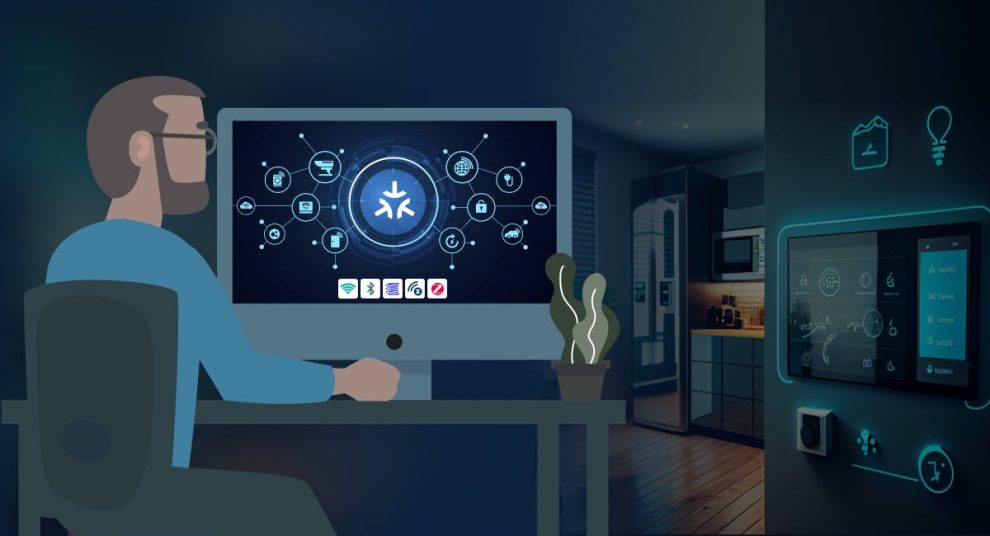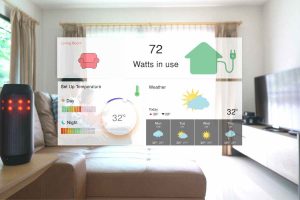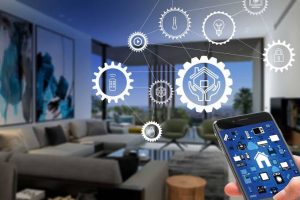The pursuit of smarter, more efficient living spaces has led to the emergence of home automation, an intricate web of technologies designed to transform our homes into intelligent, responsive environments. At the heart of this transformation are a multitude of innovative products and automation systems that converge to create spaces that cater to our needs and preferences seamlessly.
Understanding Home Automation
Home automation refers to the integration of smart devices and systems that enable centralized control and automation of various functions within a home. These devices, ranging from smart lights and thermostats to connected security systems and entertainment hubs, work in unison to enhance convenience and efficiency.
Components of Home Automation
- Connected Devices: Smart devices equipped with sensors and connectivity features form the backbone of home automation. These devices communicate and interact, allowing for synchronized operations.
- Centralized Control: Hubs or applications serve as centralized control units, enabling users to manage and automate various devices from a single interface. This control facilitates seamless interaction and customization.
- Artificial Intelligence and Machine Learning: The infusion of AI and machine learning enables devices to learn and adapt to user behaviors, automating tasks and optimizing functionalities based on preferences.
Benefits of Smarter Spaces
The integration of home automation offers a multitude of benefits:
- Convenience and Efficiency: Automated systems streamline tasks, offering convenience and saving time by handling routine operations.
- Energy Conservation: Smart thermostats, lighting, and appliances optimize energy usage, contributing to cost savings and environmental sustainability.
- Enhanced Security: Smart security systems provide real-time monitoring and alerts, bolstering home security measures.
Creating Personalized Experiences
One of the most compelling aspects of home automation is its ability to offer personalized experiences. These technologies adapt to individual preferences, learning daily routines and adjusting settings accordingly. Imagine returning home to a space that welcomes you with your preferred lighting, temperature, and entertainment options without needing manual adjustments.
Challenges and Growth
Despite the evident advantages, challenges persist. Interoperability among devices from different manufacturers and ensuring robust cybersecurity measures are areas that require attention to foster widespread adoption.
Looking ahead, the trajectory of home automation points toward continued growth. Advancements in technology, increased consumer demand, and a focus on user-centric experiences will drive further innovation in this domain.
Conclusion
Home automation represents a transformative shift in how we interact with and experience our living spaces. By harnessing technology to create smarter spaces, these innovations offer unparalleled convenience, efficiency, and personalization. As these technologies evolve, homes will continue to transform into more intelligent and responsive environments, enriching our lives in profound ways.














Add Comment